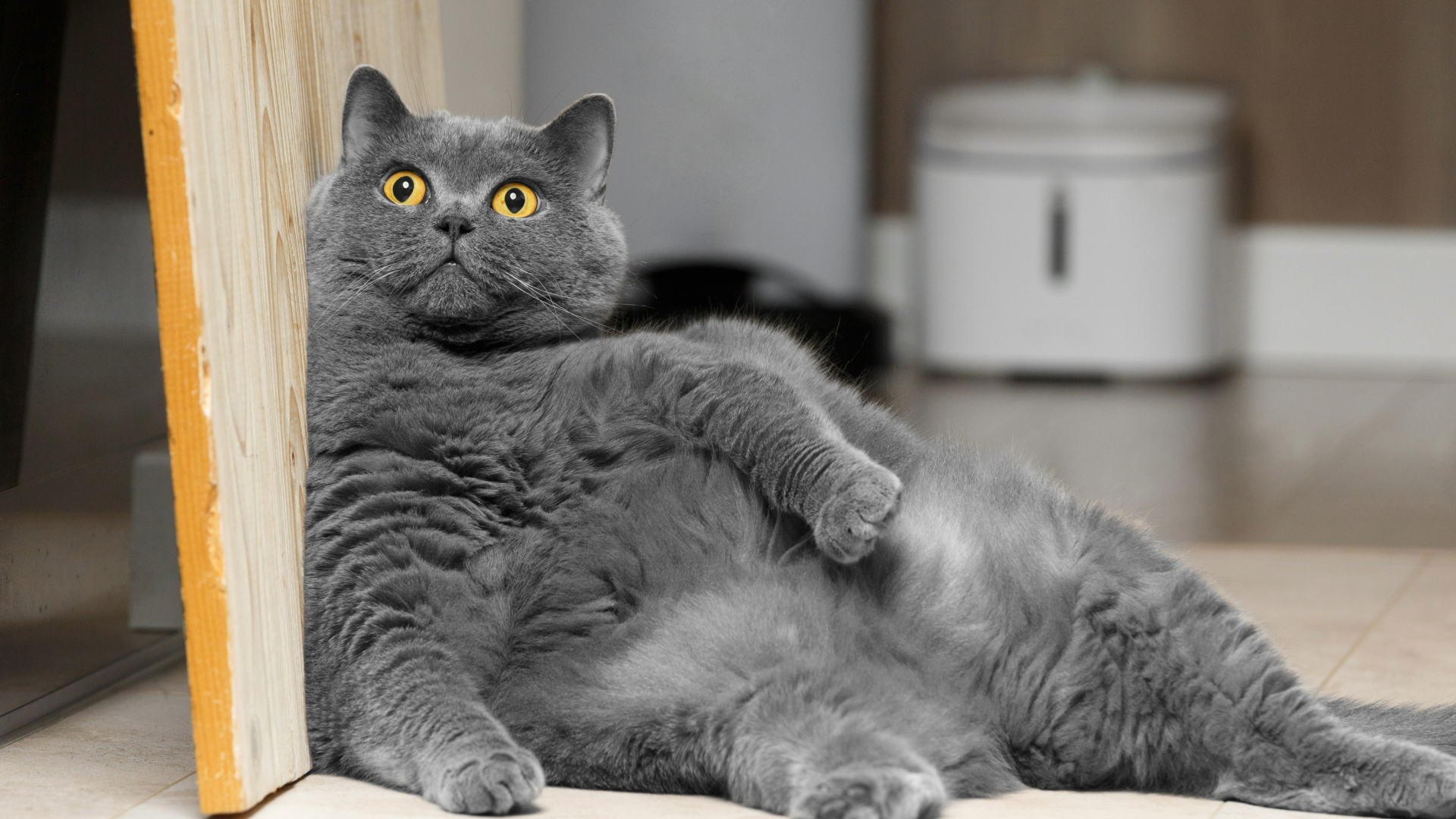Best puppy treats 2025: Small bites of joy for your young family member
With the best puppy treats, you can make light work of potty and crate training
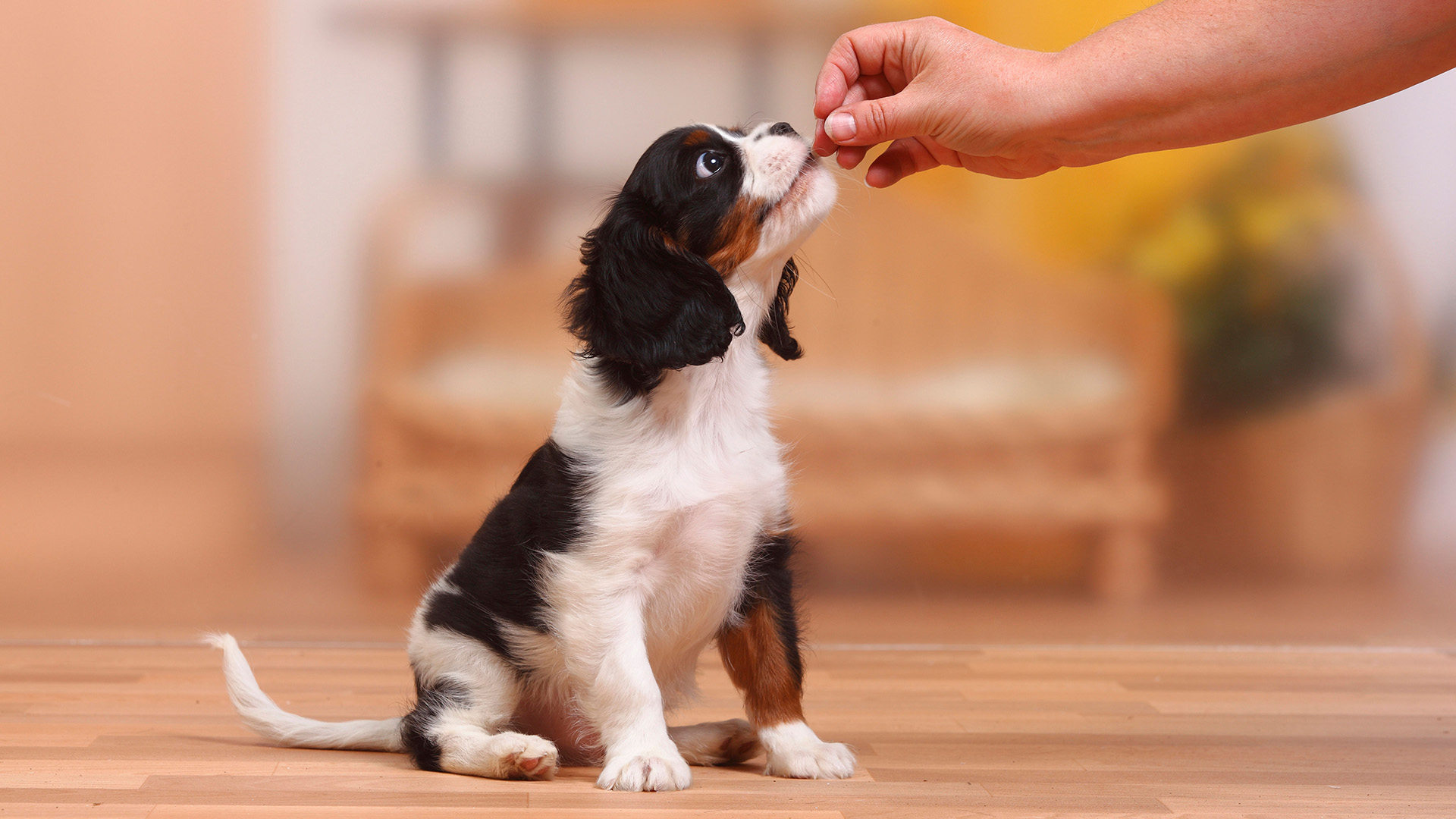
The best puppy treats can play a crucial role in a young dog’s life. You’ll find they’re very useful in helping you form a bond with your pup since they’re a lovely way to show your affection (so long as you don’t overdo it). They’re also near-essential when training a dog. Very few owners have managed to crate, potty and leash train a puppy without having a bag of treats to hand as a reward.
But, much like the best dog treats, there are so many different types to choose from and the ones you select will often – but not exclusively – be dependent on what activities your carrying out. If you’re leash training your puppy for instance, then you’ll likely want treats that are small and quick to eat. If you’re crate training, it’s best to go for something more long-lasting because you’ll need your dog to remain alone for a good amount of time.
In this guide, we look at a variety of treats to suit multiple requirements and we enlist the help of expert vet Dr Rebecca MacMillan to help you make a suitable decision for your puppy. As the title suggests, we’re also looking for the best puppy treats and that means those that will as good as possible for your pooch.
“Choosing treats that are not overly processed, that are high in good-quality protein, with no artificial colors or flavorings is never a bad idea,” says Dr MacMillan. “And puppies find them tasty too!”
The best puppy treats we recommend in 2025
Why you can trust PetsRadar
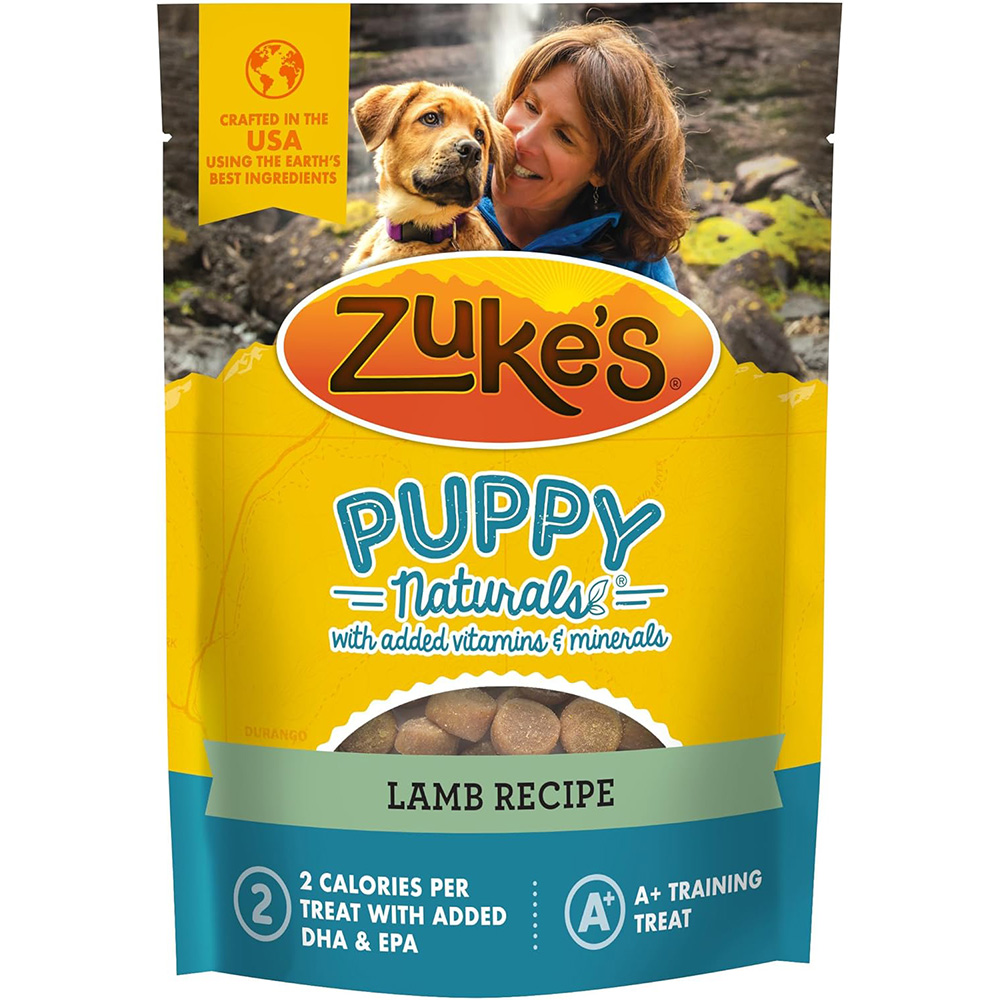
Best overall puppy treats
With everything your puppy needs and none of what they don't, these high-quality grain and gluten free treats come packed full of lamb as well as an abundance of vitamins to ensure your little one is rewarded with a meaty morsel that's both delicious and nutritious.
Limited ingredients mean these treats are free of many of the common allergens that can cause digestive and skin issues (they’re not made with corn, wheat or soy) and with high levels of DHA and EPA, each morsel supports healthy brain development as well as helping to maintain good vision function.
We like that they are high in protein, with moderate amounts of fat and a good dose of fiber from added flaxseed. We are also pleased to see that each treat contains only two calories, making them perfect for guilt free feeding for a puppy learning new trick. Since treats can potentially cause obesity, it’s very reassuring.
Reasons to buy: With high levels of DHA and EPA, these grain and gluten free treats are packed with nutrients.
Reasons to avoid: These treats may be too firm for some puppies.
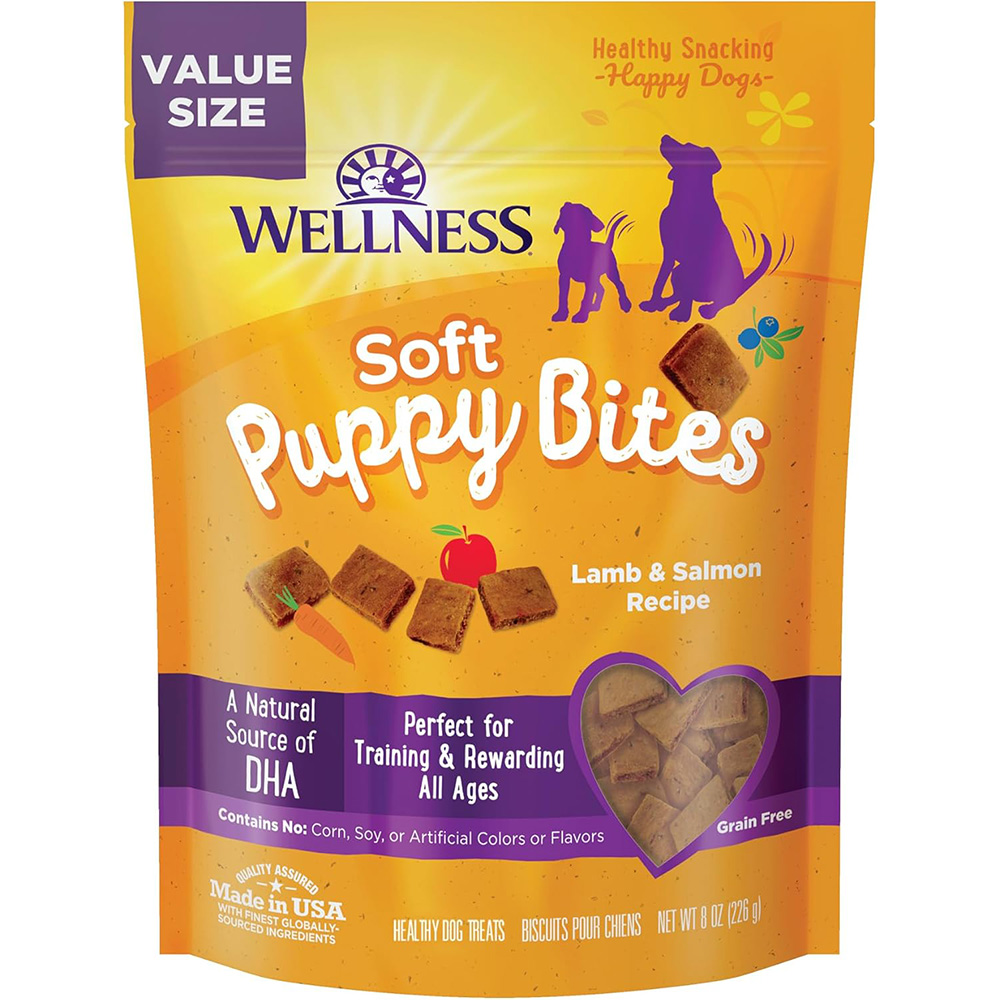
Best for training
These moist and tasty morsels are the perfect blend of soft and chewy. Made from fresh lamb and salmon, they contain all the flavors from land and sea that puppies love.
Packed full of DHA for healthy brain development and with antioxidant-rich sweet potatoes and blueberries to keep the immune system firing on all cylinders, there’s also a good dash of omega fatty acids to keep your pup’s skin smooth and their coat looking shiny.
We love that these treats are thoughtfully made with simple, natural, and high-quality ingredients and are free from meat by-products, artificial colors, flavors, and preservatives. They’re grain-free as well, making them an excellent choice for young pups with digestive issues.
With plenty of protein to keep them full, lots of fruits and vegetables for health, and at just six calories per treat, these craveable and sniffable rewards will motivate any puppy into action.
Reasons to buy: These low-calorie treats use simple, natural ingredients and they’re high in vitamins and minerals.
Reasons to avoid: Other than the price, there’s little here to keep you away.
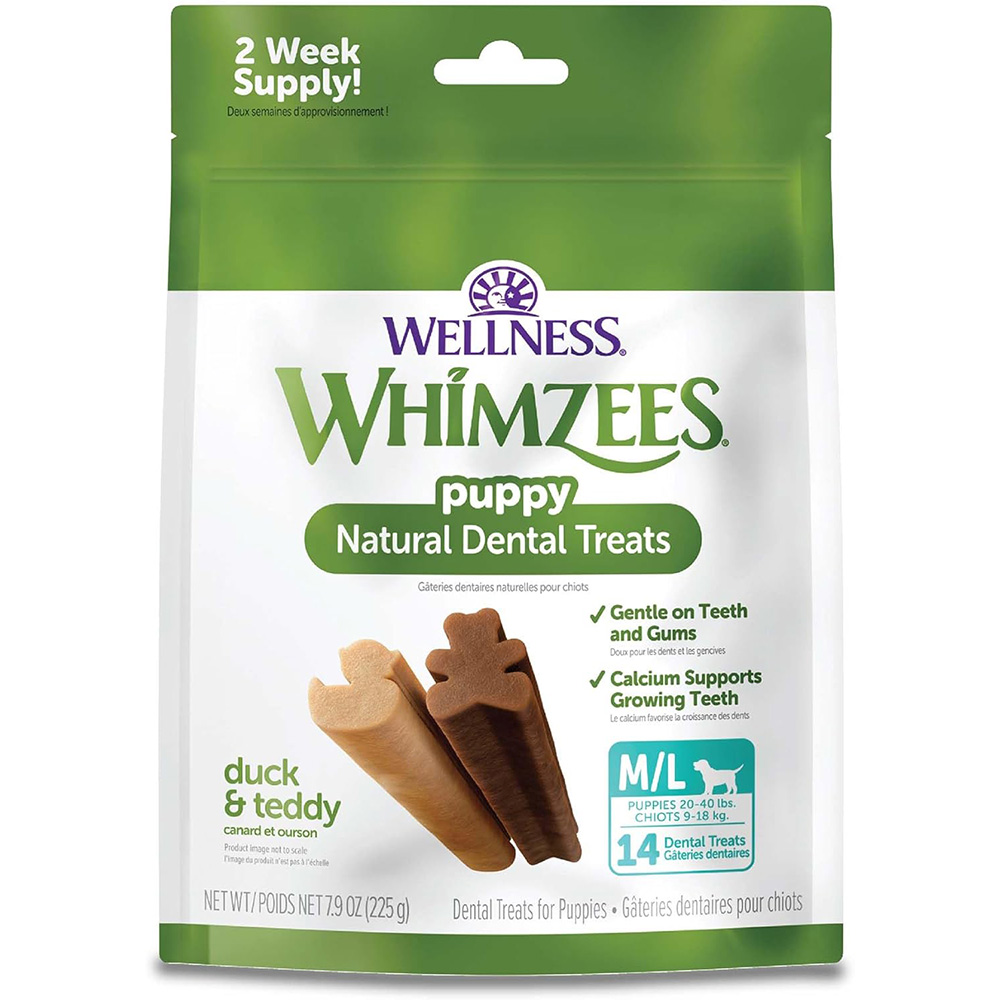
Best for teething
Recognized by the VOHC (Veterinary Oral Health Council), these sticks are designed to help remove plaque and tartar. Made from all-natural ingredients and noticeably softer than the adult dog equivalent, they’re extruded in the shape of a duck and a teddy bear. Many owners say they’re great during teething periods and they’re sure to improve your puppy’s dental health.
The chews are intended as a one-a-day treat that brushes the puppy’s teeth as he or she chews. They are low calorie, sugar-free and vegetarian, consisting of potato starch, glycerin, powdered cellulose, lecithin, dried yeast, malt extract, lupine, and calcium carbonate. Yeast extract provides vitamin B, minerals, and amino acids while malt extract improves your pet’s metabolism, helping keep them trim.
Calcium helps with the development of your puppy’s teeth, while lupine is a protein-rich bean that, unlike soya, is unlikely to trigger tummies. Overall, there’s 7% fiber in these tasty, GMO and grain-free treats.
Reasons to buy: These chews are low calorie which isn’t something that can be said of all dental sticks.
Reasons to avoid: A 225g bag only gives you two week’s worth of sticks so you’ll need to make regular purchases.
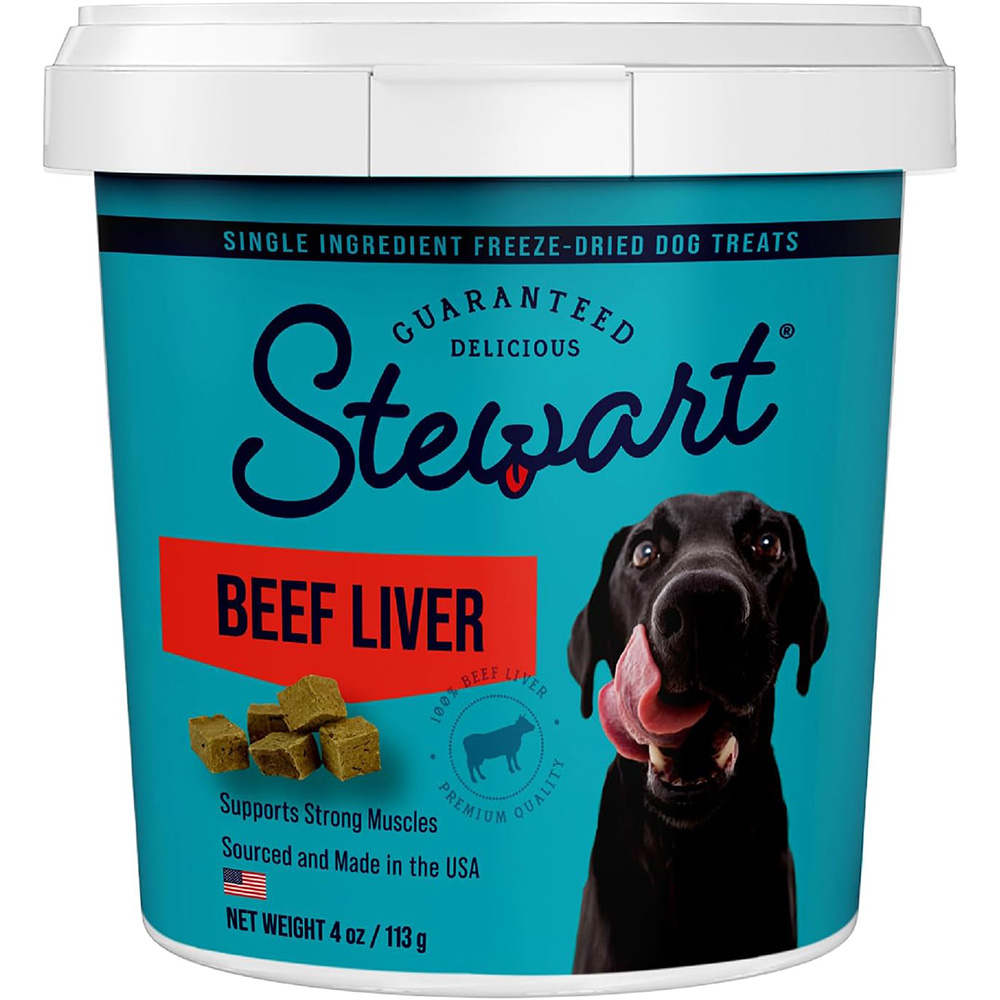
Best natural puppy treats
Featuring only human-grade beef liver, chicken breast, chicken liver, salmon or venison liver these single-ingredient treats are free from grains, gluten, corn and soy, and they have no preservatives, artificial colors, additives or flavors. In that sense, they’re as natural as they can be, providing an abundance of protein and essential minerals.
Indeed, freeze-dried to lock in all the goodness, these nutrient-dense treats are rich in a range of vitamins and minerals, including Vitamin A, iron, zinc, thiamin and niacin. Great as a training treat or a meal topper, they have a rich and meaty taste your pup will go crazy for.
Available in a range of sizes, the resealable tubs help keep the treats fresher for longer and a 56g tub contains around 50 treats. It's worth noting that each treat is quite large, so for smaller puppies, you might want to cut them in half before serving.
Reasons to buy: They’re made from single ingredients and they’re rich in vitamins and minerals.
Reasons to avoid: They come in large pieces but that can be solved by taking a knife to them.
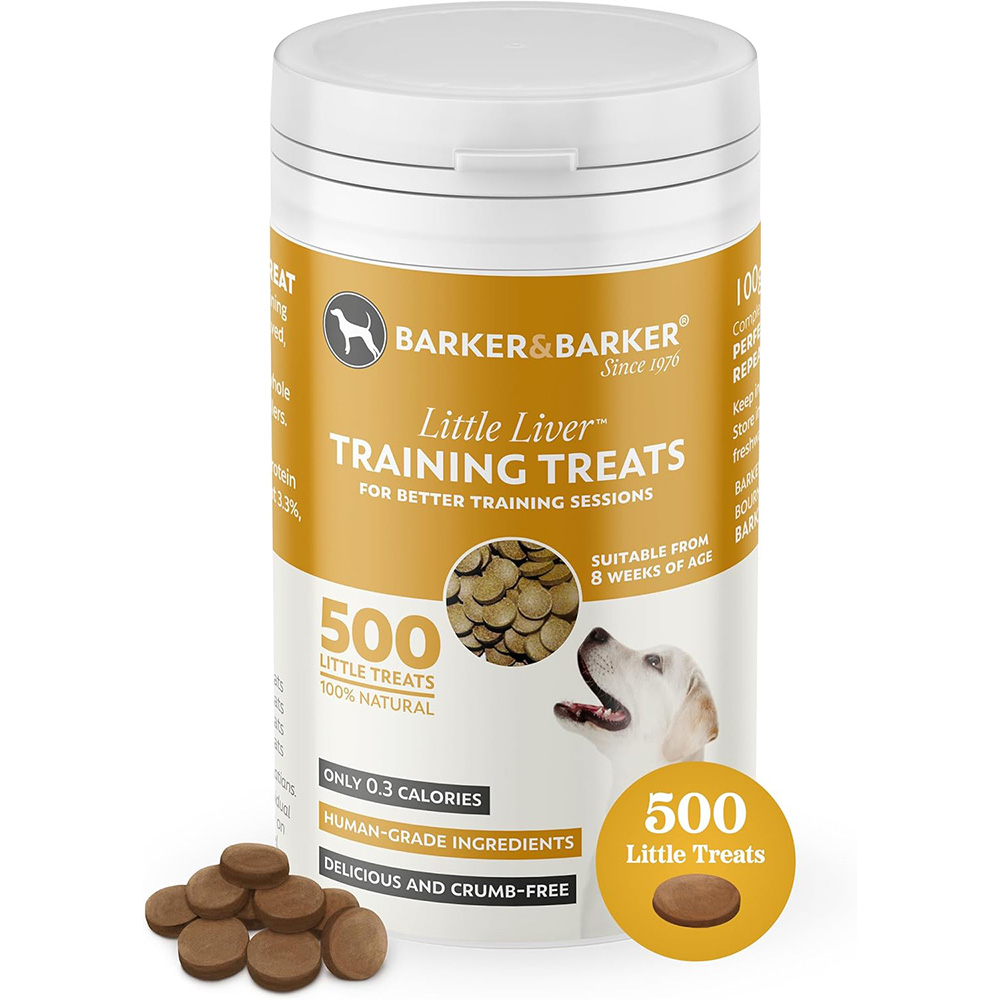
Best for small puppies
Suitable for very young puppies aged just two months and over, these treats are certainly value for money. The kibble in these sturdy pots or pouches is small enough that you can dole it out a few at a time over and over again without fear that your puppy will get fat.
Each treat contains just 0.3 calories and is 50% protein – they are also pungent enough to let the dog know there’s a treat to be had, but they don’t smell strong enough to cause an unpleasant lingering odor. A handy guide on the back of the pot tells you how many mini treats you can safely give your pup each day but even the tiniest puppies may be able to have up to 40. Since the treats are so tiny, small puppies can easily swallow them without needing to stop and chew them. This means fun training games and exercise aren’t interrupted while deserving treats are consumed.
Reasons to buy: You get a large number of low-calorie, low-salt treats per pot in an airtight pot.
Reasons to avoid: They’re not as “natural” as some puppy treats and they’re not suitable for Dalmatians.
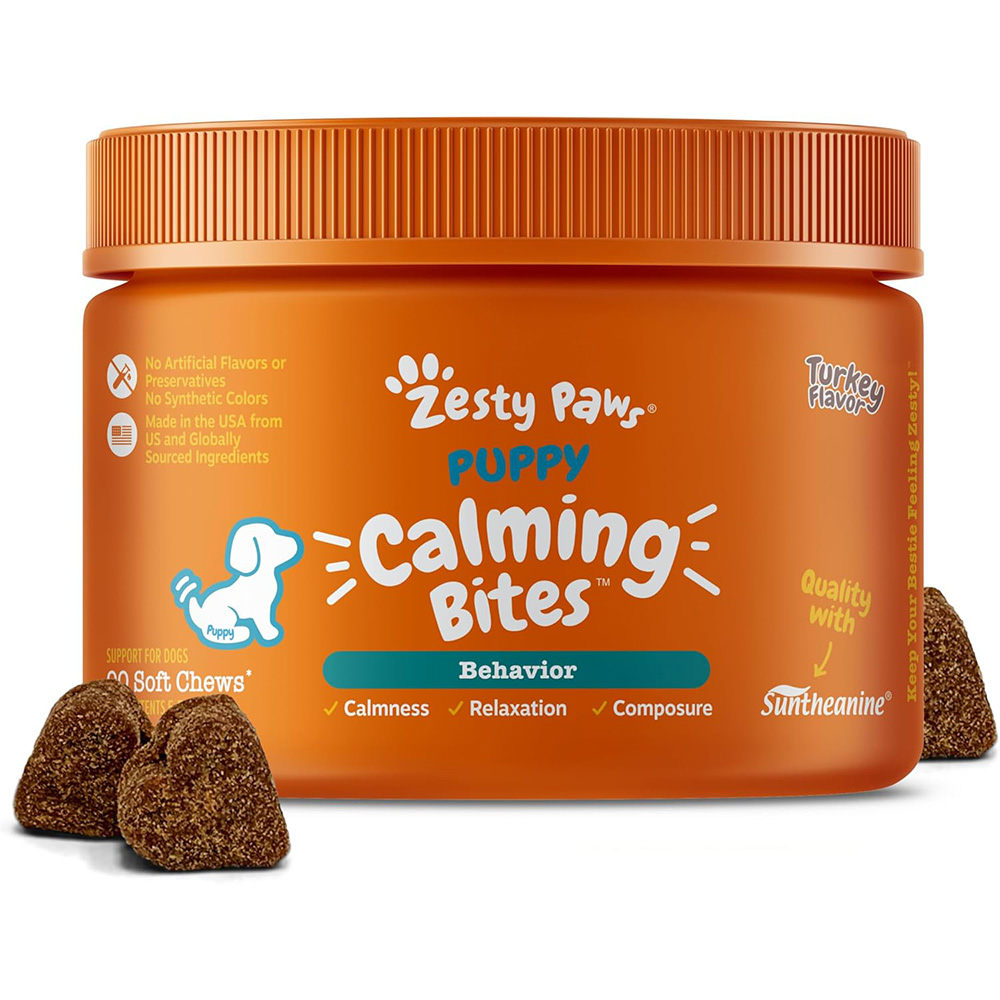
Best for calming
If you have a stressed puppy on your hands, then it may be worth trying these ways to destress your dog. But you can also consider giving them a calming treat such as these chewables which are aimed at dogs aged between eight-weeks to a year old and feature a clinically studied form of L-Theanine to promote relaxation.
Suntheanine, which mimics the natural process in green tea leaves, is also taken by humans to balance mental health and emotional wellbeing. In this case, it’s combined with Sensoril Ashwagandha, which has also been found to have positive effects on stress, mood and energy. Use them when external stimuli is high such as when the air is booming to the sound of fireworks or try them if you’re pup is suffering separation anxiety and you should see a difference. It also helps that they’re flavoured with turkey which means your puppy is likely to enjoy them.
Reasons to buy: These chews have been specially formulated to reduce hyperactivity and poor responses to external stressors.
Reasons to avoid: They contain flavourings as well as preservatives.
How we chose the best puppy treats
Since treats have the potential to cause obesity in puppies if they’re not properly controlled, we looked for treats that aren't too high in calories – particularly important because, when crate, potty and leash training, you’re sure to be handing out quite a few of them.
We also monitored the ingredients to ensure they were as natural as possible (unless they had a specific aim such as calming) and weighed up the different requirements between small and larger breeds.
When can I give my puppy treats?
“You can start giving soft age-appropriate treats from eight weeks of age onwards, moving towards slightly firmer teething treats from four months of age,” says expert vet Dr Rebecca MacMillan. “At all stages, avoid anything that is too hard and could fracture your puppy’s teeth, as well as any human foods toxic to dogs like grapes and chocolate.”
What ingredients should they contain?
Puppy treats should contain a mix of protein, nutrients and minerals. The European Pet Food Agency has a guide to dog food formulations. It suggests avoiding products that contain sugar and ingredients, such as wheat that could trigger an intolerance. Puppies have delicate tummies that can’t always digest wheat or dairy.
Do the best puppy treats need to be small?
In general, it’s best to look for smaller treats. That way, a puppy is going to be less likely to gain weight, especially if treats are going to be used excessively during training. Low calorie treats used in moderation alongside the best puppy food and coupled with regular exercise shouldn't be an issue but it’s always something to bear in mind.
“When choosing treats for your puppy, small bite-sized pieces tend to be best,” affirms Dr MacMillan. “Treats will be used a lot as part of your puppy’s training but it’s important not to give them too much in one day or it could lead to an unbalanced diet. So, choosing small training treats, or treats that you can break into smaller pieces tends to work best.”
How many treats should I give to my puppy?
According to Dr MacMillan, treats should not make up a huge part of your puppy’s daily diet, so their nutritional value is perhaps less crucial than the decisions you make around their complete pet food. But she has one golden rule: “Treats should make up no more than 10% of your dog’s daily diet.”
Can I feed the best dog treats to my puppy?
Whether or not you can feel adult dog treats to puppies depends on the nature of those treats.
“Adult dog treats can work for puppies if they are soft and can be broken into puppy-sized pieces,” Dr MacMillan explains. The main issue is that a puppy’s teeth are not as well developed as an adult’s. “Some adult dog treats may be too hard for puppies to tackle or could be a choking hazard,” Dr MacMillan adds. “If you’re not sure whether your chosen adult treat is safe, you could run it past your vet team first.”
Why do I need to consider the size of my dog when buying treats?
A very small dog or young puppy won’t be able to manage chunky treats, so check the packaging for advice on what size and age of puppy the treat is suitable for. Many puppy treats are labelled for six months or older for this exact reason. If yours is a medium-sized breed, it’s probably fine to go by such age guidance, and larger dogs should have no issues.
If, however, your puppy is a small or toy breed, read the packaging carefully, as there may be more specific advice on if and when they’ll be big enough to manage the biscuit or chew. If the treat is too large it could stick in your puppy’s throat, which would be both distressing and dangerous.
Do I always have to buy different treats for different situations?
Not necessarily but it depends on the treats you’re buying.
“There’s no reason why you can’t use the same treats for your different types of training if your puppy finds them delicious!,” says Dr MacMillan. “Many owners will choose to keep back high-value treats for their recall training though. Using an exceptionally tasty treat for this will help to encourage your pup to come back to you when called, which could be important for their safety once you start exercising them off-leash.”

Rebecca is a veterinary surgeon who graduated in 2009 from the Royal Veterinary College in London. She has a wealth of experience in first opinion small animal practice, having done a mixture of day-to-day routine work, on-call emergency duties and managerial roles over the years. She enjoys medicine in particular and she is proud to have recently achieved a BSAVA postgraduate certificate in small animal medicine (with commendation). She writes on various feline and canine topics, including behavior, nutrition, and health. Outside of work and writing she enjoys walking her own dog, spending time with her young family and baking!
PetsRadar Newsletter
Get the best advice, tips and top tech for your beloved Pets

David Crookes has been a journalist for almost 30 years and he has written for a host of magazines, newspapers, websites and books including the World of Animals Annual, BBC Earth, Live Science, The Independent and Tom’s Guide.
Born in England, he lives with two cats but he’s also keenly interested in the differences between the huge number of dog breeds – in fact, you can read many of his breed guides that he’s written in collaboration with vets here on PetsRadar.
With a lifelong passion for technology, too, he’s always on the lookout for useful devices that will allow people to keep their pets happier and healthier, and provide them more time to spend together.
David has a degree from Durham University, as well as postgraduate diploma in journalism from the University of Central Lancashire.
